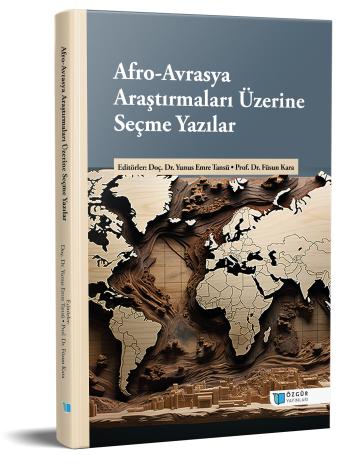
KÖRFEZ’DE İKİ RAKİP: İRAN-SUUDİ ARABİSTAN (Güvenlik İkilemi Bağlamında Bir Değerlendirme)
Şu kitabın bölümü:
Tansü,
Y.
E.
&
Kara,
F.
(eds.)
2023.
Afro-Avrasya Araştırmaları Üzerine Seçme Yazılar.
Özet
İnsanlığın var oluşundan günümüze kadar güvenlik bir ihtiyaç olarak görülmüştür. Bireyden topluma ve devlete kadar tüm aktörler her daim bir güvenlik arayışı içerisinde olmuştur. Ne var ki tehdidin belirsizliği korkuyu beslemiş ve güvenlik ihtiyacını bir çıkmaza sokmuştur. Daha fazla güvenlik isteyen bireyler, toplumlar ve devletler kaçınılmaz bir şekilde daha fazla güvensizlik içerisine düşmüştür ve bu durum bir güvenlik ikilemi olarak tezahür etmiştir. Ortaya çıkan güvenlik paradoksu özellikle toplumlar ve devletler için çatışmaların ve kimi zaman da savaşların nedenidir. Bu sebeple bu paradoks güvenlikle ilgili akademik çalışmaların da konusu olmuştur. Herbert Butterfield, John H. Herz ve Robert Jervis gibi isimlerce geliştirilen “güvenlik ikilemi” kavramı bu paradoksu açıklamaya çalışan yaklaşımlardan biridir. Bu çalışmada, güvenlik ikilemi yaklaşımı bağlamında Körfez bölgesinde İslam dininin farklı yorumlamalarını benimseyen ve farklı etnik kökenlere sahip olan iki önemli güç İran ve Suudi Arabistan arasındaki bölgesel rekabet ele alınmaktadır. Bu doğrultuda, öncelikle kısaca güvenlik ikilemi yaklaşımı açıklanmaktadır. Ardından hangi faktörlerin İran ve Suudi Arabistan’ı güvenlik ikilemine sürüklediği hususu iki ülke arasında rekabet yaratan jeopolitik, etnik, dini, mezhepsel unsurlar üzerinden analiz edilmiştir. Çalışmanın hem güvenlik ikilemi ile ilgili literatüre hem de İran-Suudi Arabistan ilişkileri ile ilgili çalışmalara katkı sağlaması amaçlanmaktadır.

